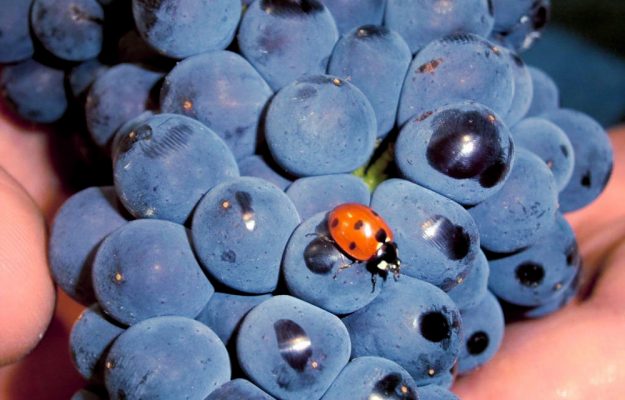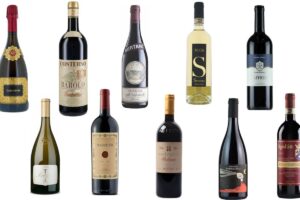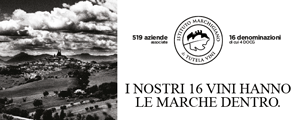The great category of organic wines is experiencing a long and solid period of growth, driven by a reborn and increasingly shared sensitivity to the major issues of ecology and respect for the environment, starting with agriculture, and by the turning point towards healthier consumption that involves entire commercial sectors. An evolution that will bring consumption to almost one billion bottles in 2023: according to the analysis by Iwsr - International Wine & Spirits Research for SudVinBio, which organizes Millésime Bio (from 27 to 29 January 2020 in Montpellier), there will be 976 million, 34% more than the 729 million consumed in 2018, for a share of total wine consumption that will rise to 3.5%, from the current 2.6%, for a turnover, again in 2018, of 3.3 billion euros in the top five markets in the world (United States, France, Italy, Germany, and China).
2023 will also bring France’s overtaking over Germany: 20% of organic bottles will be consumed beyond the Alps, 17.6% in the Teutonic country and 9.3% in the USA, equal to 91 million bottles. Among the countries with certified organic vineyards, Spain will reach 160,000 hectares, three times more than in 2013, with France at 115,000 and Italy at 96,000 (although the updated figure for Italy is 105,000 hectares of organic vineyards, ed). Among the different categories, organic sparkling has grown on the main markets by 19.1% between 2013 and 2018, and the growth forecast is 8.2% per year in the next five years, while by 2022 10% of all wine consumed in Great Britain will be produced organically.
Copyright © 2000/2026
Contatti: info@winenews.it
Seguici anche su Twitter: @WineNewsIt
Seguici anche su Facebook: @winenewsit
Questo articolo è tratto dall'archivio di WineNews - Tutti i diritti riservati - Copyright © 2000/2026







































































































































































































